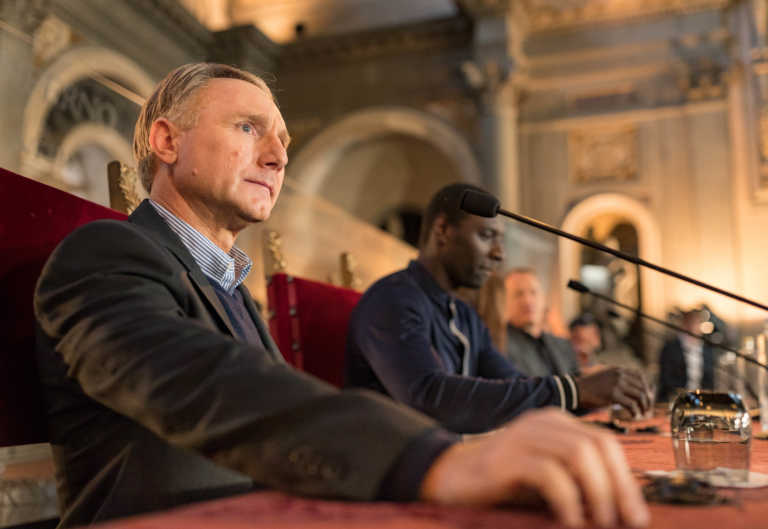

The story begins with the murder of a French museum curator, who was the guardian of a secret cache of documents held in the tomb of Mary Magdalene. The Da Vinci Code is best described as a historical/ technological fiction thriller, the sort of energetic composition that makes for excellent reading on a summer vacation but does not satisfy those seeking in-depth plot and character development.

Ironically, were the book about any other subject, it is unlikely that it would have become a bestseller on the basis of academic merit and certainly would not have become one on the basis of literary merit. In addition, Sony Pictures has acquired the rights to the book and has recruited director Ron Howard to work on the film. The Da Vinci Code is merely resurrecting in vain a thesis that serious scholars have condemned and buried decades ago.ĭespite being merely a rehash of a discredited thesis, The Da Vinci Code has stayed atop the New York Times bestseller list for months. Theories like this, moreover, are promulgated not in peer-reviewed scholarly journals but in popular presses in which the exercise of critical faculties is optional. Nothing in scholarship or evidence to date has changed to supplant this dismissive evaluation. Religious scholars completely ignored or dismissed this theory because they had little patience for the claims of documents and societies that supposedly possessed “secret” knowledge that the academic world had missed for centuries. 1 At that time, one theory purported that the “Holy Grail” was not the cup used by Jesus Christ at the last supper instead, it was a royal bloodline fostered by Jesus’ marriage to Mary Magdalene.

The premise that underlies the story in Dan Brown’s The Da Vinci Code last appeared in a book titled Holy Blood, Holy Grail (Delacorte Press, 1982). Every few years a popular conspiracy theory about the origins of Christianity reemerges once everyone has forgotten how it was refuted the last time it appeared.


 0 kommentar(er)
0 kommentar(er)
